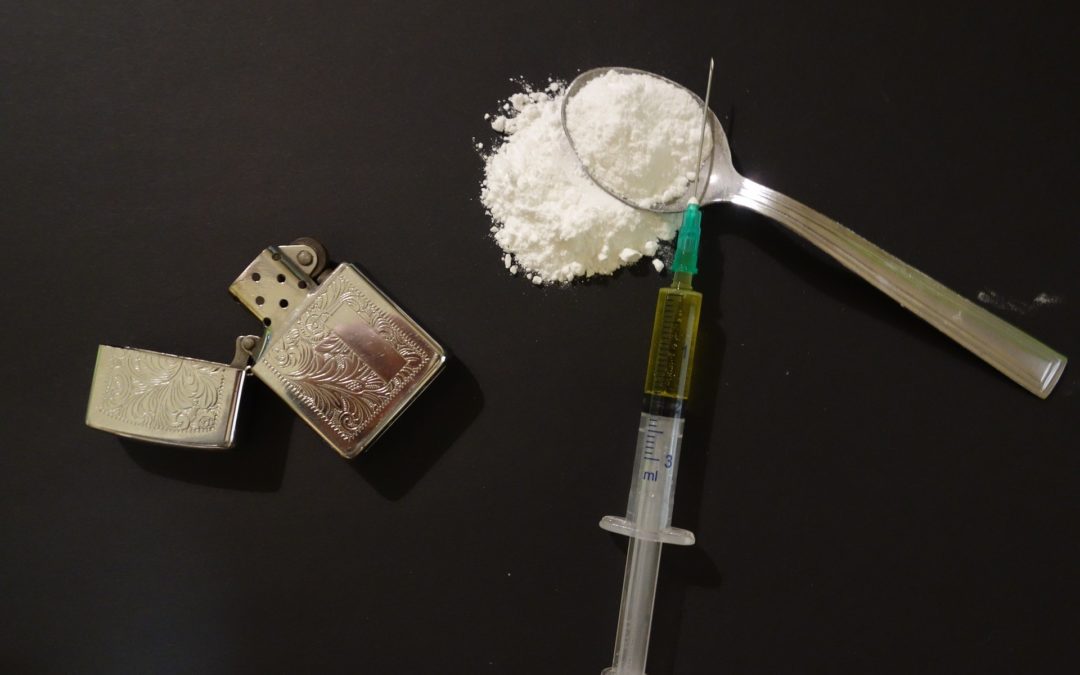Carfentanil is a terrifying substance that can occasionally be found in hospital clinics as well as on the streets. Deadly powerful with an ever-widening availability, carfentanil has the power to take the already-lethal Opioid Crisis to a disaster-level epidemic of overdose deaths. Carfentanil is a synthetic opioid that is so powerful, less than $1000 dollars’ worth of it can kill millions of people. Carfentanil first synthesized in the early 1970s by Paul Janssen and his team at Janssen Pharmaceuticals.
The compound was purchased by Wildlife Laboratories, and sold as ‘Wildnil.’ The product first appeared on the market in 1986, right next to the peak of the Crack Epidemic. Wildnil was sold exclusively through prescription, and designed to tranquilize the world’s largest mammals, calming them to sleep. One dose of carfentanil is enough to render an elephant unconscious, though they aren’t the only animals on which the drug was has typically been used.
Who Wants It?
 People living with addictions to hard drugs may use their drugs of choice all day. It’s common, also, for people living with severe addiction to also have alcoholism. With this mix of drugs, an addicted person could go on for extended periods of time, experiencing the effects of their drug of choice, alcohol, and often, marijuana. The reason for all of this intake is ultimately psychological: trauma manifests itself in a variety of ways, and nearly every single person living with addiction is also living with trauma, even in the instances where trigger is stress. Stress can also be the source of trauma as well as the trigger. Many people living in the public eye have succumbed to their addiction while enduring the pressures of Hollywood or politics. Making matters worse, family history of addiction can play a stronger role in determining how potent a person’s addiction will be than can the environment alone. Constantly searching for a fresh high, unlike any experienced before, is what motivates drug use in a person who has been living with a severe addiction for a long time.
People living with addictions to hard drugs may use their drugs of choice all day. It’s common, also, for people living with severe addiction to also have alcoholism. With this mix of drugs, an addicted person could go on for extended periods of time, experiencing the effects of their drug of choice, alcohol, and often, marijuana. The reason for all of this intake is ultimately psychological: trauma manifests itself in a variety of ways, and nearly every single person living with addiction is also living with trauma, even in the instances where trigger is stress. Stress can also be the source of trauma as well as the trigger. Many people living in the public eye have succumbed to their addiction while enduring the pressures of Hollywood or politics. Making matters worse, family history of addiction can play a stronger role in determining how potent a person’s addiction will be than can the environment alone. Constantly searching for a fresh high, unlike any experienced before, is what motivates drug use in a person who has been living with a severe addiction for a long time.
With this in mind, it’s understandable that carfentanil could thrive on the streets, though the actual demand for the drug is lower than the accidental use.
Where is it Sourced?
Carfentanil can come from several sources. It is presently unlikely to be coming directly from Mexico, Colombia, or any Latin American country right now. Oddly enough, most of the ready-to-use product, as well as the raw materials needed to make the drug, are being shipped in from China. Due to loose regulation of the over 150,000 laboratories by the federal government in China, the country has become a hotbed for illicit exports. This, of course, has created a new class of wealth that has been earned with the blood of vulnerable people. Because raw materials to cook the product are also arriving in huge, heavy loads, much of the carfentanil on the streets is home-grown, but just as dangerous.
How is it Used?
Like it’s natural cousins, carfentanil is a powerful pain reliever, but mostly used as a sedative. Carfentanil is mostly used to sedate elephants, making it entirely too powerful for any human to casually use. In fact, carfentanil is very rarely used for any human medical purpose, due, in part, to its immense strength. Carfentanil has risen in popularity as a supplement to increase the strength of heroin, horrifying though that may sound. This, though, is only how the drug is used intentionally – the most frightening aspect of this drug is that transporting it can easily cause contamination of other drugs. Carfentanil is usually smuggled into the country through heroin, and the two often intermingle. When they do, the risk of an accidental overdose from that batch of heroin skyrockets to near-certainty.
Can You Survive an Overdose?
How could this minor intermingling make heroin so much deadlier? Carfentanil may be the strongest, and most dangerous drug on the street as we speak. In addition to the example of the the drug’s strength mentioned in the introduction, there is a more specific, narrow way to explain its danger: a barely-visible amount of the drug is enough to kill a person. This amount is a fraction of what could be packed under even a baby’s fingernail. Carfentanil is so deadly that vets, when administering the drug, wear protection so that they aren’t exposed.
Even a trace of carfentanil powder, floating through the air as any powder would, can cause extreme highs, and in some cases, overdose. Heroin isn’t the only drug that may be laced with carfentanil – cocaine, too, has been identified as a hiding place for the drug. There have also been several reports of law enforcement officers that were affected by carfentanil dust, and required medical attention.
Where is the Problem the Worst?
Ohio is ground zero for the highest number of carfentanil deaths, though West Virginia leads the nation in opioid overdose deaths overall. Though carfentanil is enough to scare most people away, carfentanil can also exist as a component of ‘grey death,’ a toxic blend of several drugs, including heroin and fentanyl. This enables users to feel the effects of multiple drugs, although doing so is extremely dangerous. Any of these drugs can be created anywhere with the right materials, and any of these drugs can become addictive, if you’s able to survive a dose of carfentanil.
Opioid addiction can easily lead a person to try carfentanil, or something that may be tainted with carfentanil. Any amount of carfentanil is asking for an overdose, and there is some debate as to whether or not the miracle rescue drug Narcan has an effect. Some reports have stated that carfentanil overdoses, like any natural opioid overdose, can be reversed, while others report no success, even with the benefit of several doses. Don’t let addiction drive you more deeply into danger. Contact a reputable treatment center.

